Dr. Michael Burry was one of the heroes of Michael Lewis’s book The Big Short: Inside the Doomsday Machine. The book tells the story of how he correctly predicted the credit and housing bubble collapse in 2008 and decided to bet against Wall Street, earning billions of dollars in the process.
In the 2015 film adaptation, Christian Bale, who played Michael Burry, captured the investor’s personality perfectly. This personality portrayal is considered by many a key to why both the book and the movie are so good.
While the film focused on the housing crisis and Burry’s bet against Wall Street, Burry was actually a phenomenal investor even before that. The story of how exactly Dr. Michael Burry started investing is as interesting as the film The Big Short.
Key Takeaways
- Invest with a margin of safety – Michael Burry’s main goal is to protect his downside so that he can prevent a permanent loss of capital.
- Perform bottoms-up, fundamental research – Burry has found that out-of-favor industries provide great opportunities to buy shares of best-of-breed companies at steep discounts.
- Screen through large numbers of companies by looking at the EV/EBITDA ratio – acceptable ratios vary with the industry and its current position in the economic cycle.
- Intrinsic value is determined by free cash flow – Burry tends to ignore price-earnings ratios and thinks that return on equity is both deceptive and dangerous, hence preferring minimal debt.
- Michael Burry also invests in “rare birds” – mostly asset plays, but also arbitrage opportunities and companies selling at less than two-thirds of net value.
- Burry also mixes in the types of companies favored by Warren Buffett – companies with a sustainable competitive advantage, as demonstrated by longstanding and stable high returns on invested capital – if they become available at good prices.
- Portfolio management is just as important as stock picking – the number of stocks to hold, when to buy, and where to buy are fundamental creating a successful portfolio.
- Investing is neither science nor art… it’s a scientific art – finally, Michael Burry says that fundamental analysis isn’t a sure-fire way of succeeding in the stock market – but it does at least put the odds on your side.
Dr. Michael Burry’s Story:
In the late 1990s, Michael Burry was doing his residency in neurology at Stanford Hospital and Clinics. While off duty at night, Burry would focus on his hobby: investing. He also discussed his ideas on his blog, in early Internet chat rooms, and on other message boards and sites, including Silicon Investor and MSN Money.
Mind you, Michael Burry was a self-described value investor from the beginning, at a time when value investing couldn’t have been less popular. But Burry did well investing for his own account, and the ideas he discussed online gained him a small following on these early message boards. After he finished his residency, Michael Burry decided that he was going to start his own hedge fund. Joel Greenblatt – a famous value investor who had been reading (and profiting) from Burry’s posts – promptly contacted him, offering Burry a million bucks to help seed Burry’s new fund.
Eventually, Michael Burry made his famous subprime trade and went from a completely unknown (but very successful) stock picker to one of the most famous fund managers in the game. And the rest is history.
I recently stumbled across one of the original articles that Michael Burry wrote in 2000 for MSN Money.
In the article, Dr. Michael Burry describes his investment philosophy and exactly how he went about picking stocks. Basically, Burry is a big-time value investor and follows many of Ben Graham’s and Warren Buffett’s strategies, including:
- Invest with a margin of safety
- Perform bottoms-up, fundamental analysis
- Look for great stocks in disfavored industries
- Portfolio management is as important as picking stocks
Of course, Michael Burry went and put his own spin on their ideas. I’ve broken down Burry’s investment strategy in more detail for you below.
Margin of Safety
Dr. Michael Burry is a true Graham-and-Dodd style value investor. According to Burry:
I really had no choice in this matter, for when I first happened upon the writings of Benjamin Graham, I felt as if I was born to play the role of value investor.
Burry believes that it’s critical to understand a company’s value before laying down a dime. His main goal is to protect his downside so that he can prevent a permanent loss of capital. Consequently, all of Burry’s stock-picking is 100% based on the concept of margin of safety (see my article: What is Margin of Safety?).
Michael Burry says that if you focus on intrinsic value and invest with a margin of safety, then you don’t have to worry about specific, known catalysts (an event which causes investors to finally recognize a stock’s true intrinsic value and causes the stock’s price to “pop”) before you make an investment. According to Burry, “sheer, outrageous value is enough.”
Bottoms-Up, Fundamental Research
Michael Burry says that his “weapon of choice as a stock picker is research.” Burry doesn’t care about the level of the stock market, and he has no restriction on potential investments: they can be large-cap stocks, small-cap, mid-cap, micro-cap, tech, or non-tech. It doesn’t matter – as long as Burry can find value in it, it becomes a candidate for the portfolio. That being said, Burry says he’s found that out-of-favor industries provide great opportunities to buy shares of best-of-breed companies at steep discounts.
So how does Burry find value investing opportunities?
He uses stock screeners to screen through large numbers of companies by looking at the EV/EBITDA ratio (acceptable ratios for Burry vary with the industry and its current position in the economic cycle).
If a stock passes his loose screen, Burry then looks harder to determine a more specific price and value for the company. This involves looking at true free cash flow and taking into account off-balance sheet items.
Burry tends to ignore price-earnings ratios and thinks that return on equity is both deceptive and dangerous. Burry prefers minimal debt.
“Rare Birds”
Michael Burry also invests in what he calls “rare birds.” These are mostly asset plays, but also include arbitrage opportunities and companies selling at less than two-thirds of net value (net working capital less liabilities; i.e. Ben Graham’s net-net stocks, or companies that are selling for less than their liquidation value).
Burry also mixes in the types of companies favored by Warren Buffett – companies with a sustainable competitive advantage, as demonstrated by longstanding and stable high returns on invested capital – if they become available at good prices. These can include technology companies if Burry is able to understand them. However, like the other rare birds Burry invests in, Buffett-style investments are hard to find, so Burry considers these longer-term investments.
Portfolio Management
Dr. Michael Burry believes that portfolio management is just as important as stock picking. Good portfolio management requires an investor to answer several essential questions: What is the optimum number of stocks to hold? When to buy? When to sell? Should one pay attention to diversification among industries and cyclicals vs. non-cyclicals? How much should one let tax implications affect investment decision-making? Is low turnover a goal?
Burry says that in large part, the answers to these questions are “a skill and personality issue, so there is no need to make excuses if one’s choice differs from the general view of what is proper.” Here is how Burry manages his portfolio:
What is the optimum number of stocks to hold?
“I like to hold 12 to 18 stocks diversified among various depressed industries, and tend to be fully invested. This number seems to provide enough room for my best ideas while smoothing out volatility, not that I feel volatility in any way is related to risk. But you see, I have this heartburn problem and don’t need the extra stress.”
When should you buy a stock?
“As for when to buy, I mix some barebones technical analysis into my strategy — a tool held over from my days as a commodities trader. Nothing fancy. But I prefer to buy within 10% to 15% of a 52-week low that has shown itself to offer some price support. That’s the contrarian part of me.“
When should you sell a stock?
“Tax implications are not a primary concern of mine. I know my portfolio turnover will generally exceed 50% annually, and way back at 20% the long-term tax benefits of low turnover pretty much disappear. Whether I’m at 50% or 100% or 200% matters little. So I am not afraid to sell when a stock has a quick 40% to 50% pop.”
“And if a stock — other than the rare birds discussed above — breaks to a new low, in most cases I cut the loss. That’s the practical part. I balance the fact that I am fundamentally turning my back on potentially greater value with the fact that since implementing this rule I haven’t had a single misfortune blow up my entire portfolio.”
Investing is Neither Science nor Art… It’s a Scientific Art
Finally, Michael Burry warns that fundamental analysis isn’t infallible – sometimes the market never reflects true intrinsic value, sometimes other investors have more information than you do, sometimes you might make a mistake. But fundamental analysis is at least a way of putting the odds on your side.
Michael Burry concludes with this:
“In the end, investing is neither science nor art — it is a scientific art. Over time, the road of empiric discovery toward interesting stock ideas will lead to rewards and profits that go beyond mere money. I hope some of you will find resonance with my work — and maybe make a few bucks from it.”
More on Dr. Michael Burry
For more about Dr. Michael Burry’s investing strategy and stock picks, be sure to check out: How to Invest in Water Like Dr. Michael Burry from the Big Short.
The Big Short: Inside the Doomsday Machine
BY MICHAEL LEWIS
The #1 New York Times bestseller: a brilliant account―character-rich and darkly humorous―of how the U.S. economy was driven over the cliff. Michael Lewis proves yet again that he is the finest and funniest chronicler of our times.
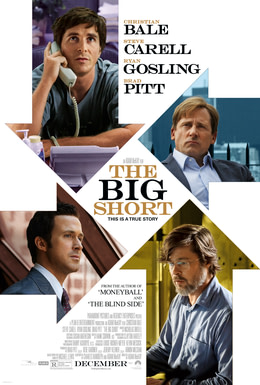
The Big Short (2015)
BLU-RAY, DVD, AND STREAMING
STARRING: CHRISTIAN BALE, STEVEN CARELL, RYAN GOSLING, & BRAD PITT
Based on the true story of four outsiders who saw what the big banks, media and government refused to: the global collapse of the economy. A bold investment leads them into the dark underbelly of banking, where everyone and everything is in question.
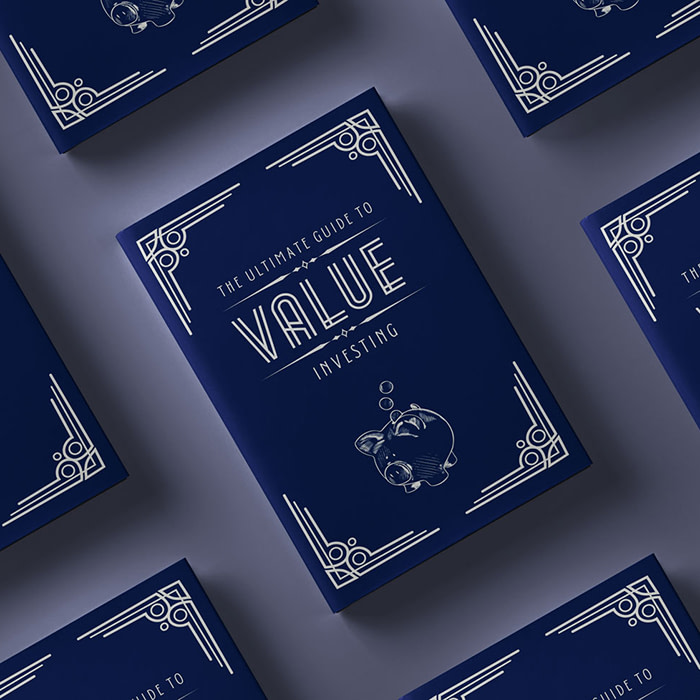
The Ultimate Guide to Value Investing
Do you want to know how to invest like the value investing legend Warren Buffett? All you need is money to invest, a little patience—and this book. Learn more

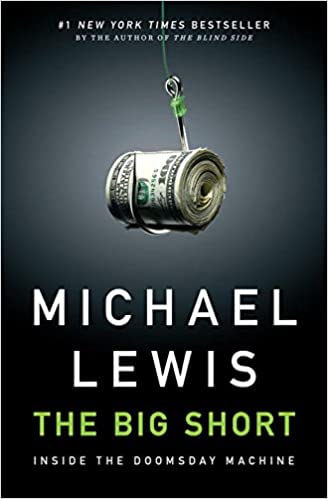




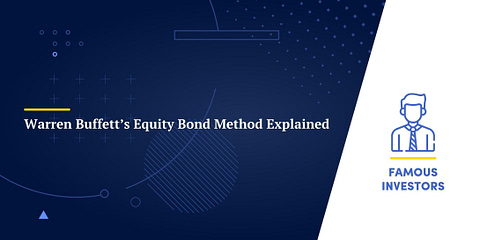
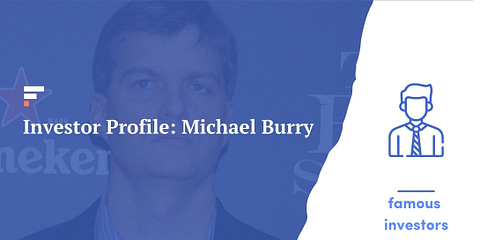
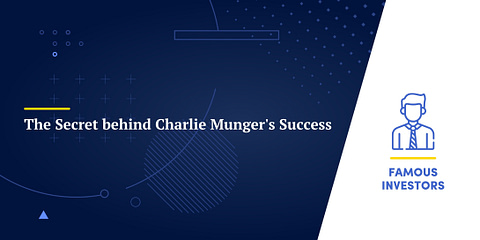

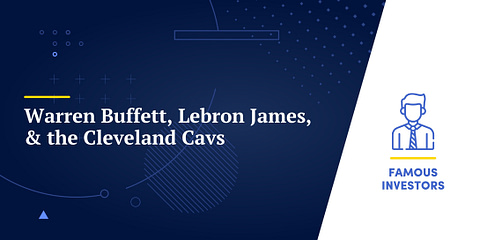

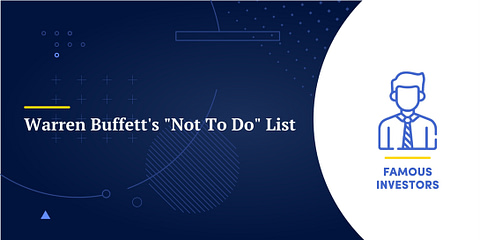
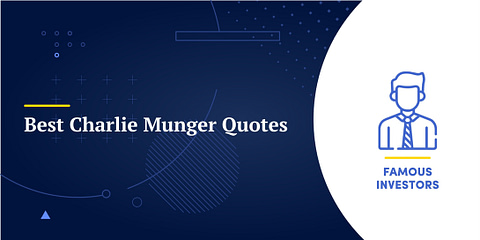

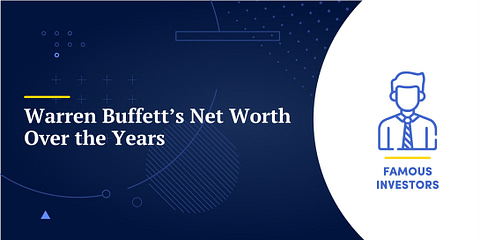
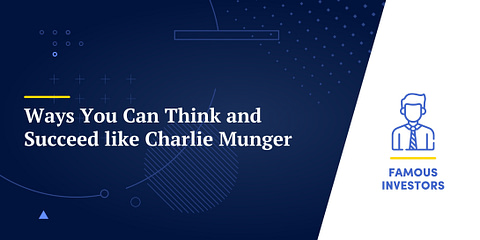
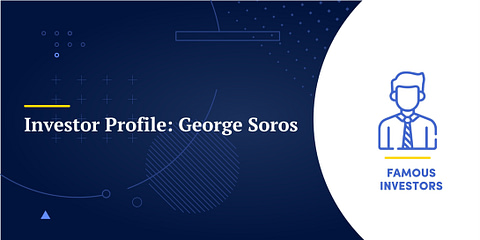
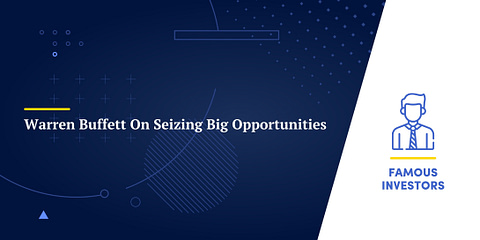





Thank you for sharing the Great Information about poverty proof financial literacy with us.
These investment strategies are really good. Great Blog!!